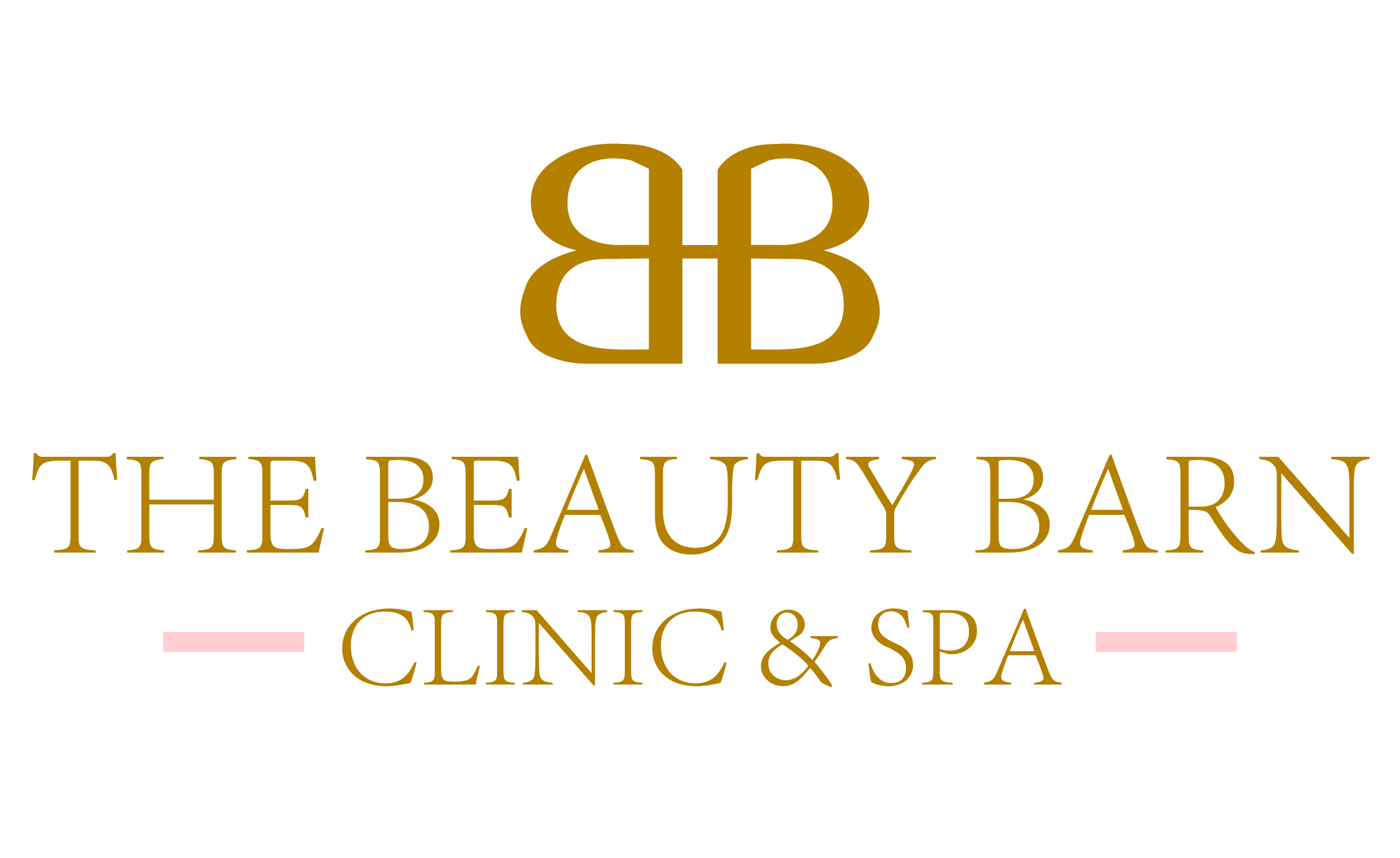Laser hair removal ranks as one of the best ways that you can achieve long lasting smooth skin, while also being a virtually painless method to remove hair that eliminates the risk of ingrown hairs and irritated skin.
While the dream of long-term hair removal for unwanted body or facial hair is attainable through laser treatments, it can be quite a technical process and the success relies heavily on you following the instructions for aftercare.
This will include how many appointments will be needed, how long between appointments and how to prepare for them.
It might sound like a lot of hard work, but our Liverpool laser hair removal experts will explain everything clearly and concisely so you can sit back, relax, and dream of a life where you never have to shave again!
How Long Can You Go Between Laser Hair Removal Treatments?
On average it’s recommended that you should expect to return to the clinic every four weeks for your laser hair removal sessions.
This is because it allows the hair to pass through the catagen and telogen phase and return to the anagen phase where laser treatment is most effective.
We recommend this four-week spacing between appointments, but you may find that your hair grows back slower or quicker. It is common for hair to grow back quicker on the face than it does on larger areas of the body, so this can be worked into your individual treatment plan.
As well as this, you should expect to see a 10 – 15% decrease in hair presence in the treated area after each session, due to the number of hairs in the target area being in the anagen phase.
You will need to leave a period of time between each appointment to allow the skin to recover and avoid any potential damage, as well as allowing enough time for any especially tough individual follicles that need multiple sessions to regenerate a hair into the anagen phase.
Remember it’s important to shave before laser hair removal treatment, our professionals recommend you shave the treated area 24 hours in advance for optimal results.
If you are having an aesthetic treatment like microdermabrasion after laser hair removal then this gap between appointments is especially important.
The Science Behind Laser Hair Removal
Laser hair removal works by heating the hair with a laser beam which then causes the hair follicle to be destroyed. This reduces the hair growth rate in the target area.
The laser targets hair by colour, or more specifically, the melanin pigment in the hair stem and we find the perfect wavelength of the laser for your personal skin type and hair colour combination. This is done once you’ve had your free consultation and patch test with us.
By operating at such a precise wavelength, the laser is able to avoid damaging the skin and only targets the unwanted hair.
Improvements in laser hair removal technology since it became commercially available have led to advances in the pigment targeting procedure. Because of this, people with tanned skin or any skin tone are now able to receive laser hair treatment much easier than they could many years ago.

Laser Hair Removal and Growth Stages
This is where the science behind laser hair removal really comes into play.
You are probably aware that hairs do stop growing over time, and they are either naturally shed or, as is the case with unwanted body hair, are removed by choice.
This life cycle of a hair has three stages to it: the anagen phase, the catagen phase, and the telogen phase.
Laser hair treatment is only effective on the hairs that are in the anagen phase, this is why you will need repeat sessions to achieve maximum hair loss.
Anagen Hair Growth Stage
The anagen phase is known as the growth stage. This period starts from the time when your hair is developing from inside the follicle and growing through the skin until it approaches its terminal length.
It is the longest of the three stages, lasting anywhere between three to six years depending on individual factors, and it is also the only stage where laser hair removal will effectively damage the hair follicle.
Catagen and Telogen Hair Growth Stage
The catagen phase is also known as the transition phase and marks the period of change for a growing hair turning into a resting hair. This phase only lasts a week or two before moving into the telogen phase.
The telogen phase is the final stage of hair growth and is also known as the resting phase. The hair will remain at this length for between five and six weeks before it will naturally shed and return to the anagen phase.
During the catagen and telogen phases, the hair bulb becomes club. When the follicle approaches the telogen phase, anagen will begin in the follicle and will be the cause of hair shedding by pushing the club hair out of the skin.

Speak with Laser Hair Removal Professionals for Free
If you are searching for long term hair removal in Liverpool, then please get in touch with us using the form below and can get you started on your laser hair removal journey.


